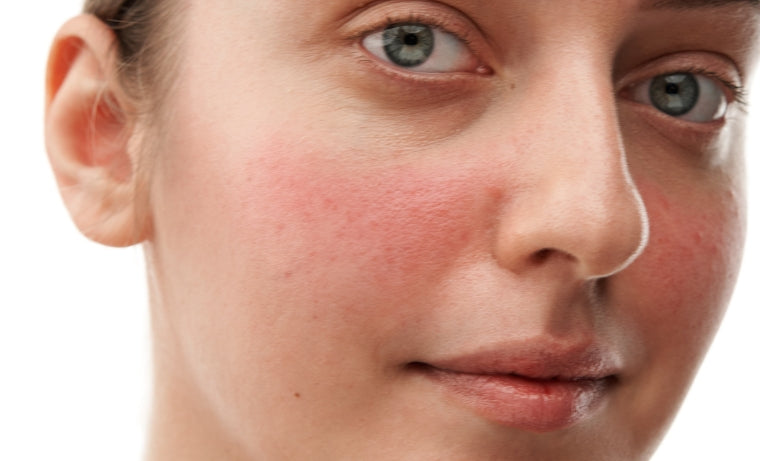
Kaip prižiūrėti jautrią odą?
Jei jums dažnai rausta veido oda, ypač skruostų, nosies ir net smakro ar kaktos srityje, šis įrašas yra tai, ko ieškote! Aptarsime, kaip susidaryti švelnią, bet efektyvią odos priežiūros rutiną,...




Couldn't load pickup availability
Diminished pigmentation spots, restored skin integrity and suppleness, and hydration are some benefits provided by the vitamin C serum containing 10% ethyl ascorbic acid and 0.5% ferulic acid. By obstructing tyrosinase enzyme activity and hindering melanogenesis, Ethyl ascorbic acid brightens pigmentation spots, prevents their formation, and repairs UV-induced damage. [1] The suppression of cytotoxic and inflammation-related enzyme production, such as cyclooxygenase, is one of how ferulic acid helps achieve its anti-inflammatory and antioxidant effects [2]. The signs of aging are reduced by Arginine's synthesis stimulation and its ability to moisturize the skin, as stated in [4]. For all skin types, particularly those that are mature, pigmented, or dull, this serum is a great choice due to its unique and simple composition. This exceptional product will undoubtedly leave an impression.
Benefits:
Use 2-3 drops of the serum on a clean face and neck, both morning and evening.
To achieve optimal outcomes, we suggest using this serum as the third step in your skincare regimen, following cleansing and toning. You can learn more about the Moon Cosmetics skincare routine and its steps here.
While using this serum, we suggest wearing a sunscreen with an SPF during the daytime.
Caution: Use only externally. Avoid using if any of the ingredients cause an allergic reaction. Avoid getting it in your eyes. Ensure that children cannot reach the product. Sunscreen should be used during the day.
PROPANEDIOL, 3-O-ETHYL ASCORBIC ACID, GLYCERIN, FERULIC ACID, ARGININE.
To promote collagen synthesis, prevent DNA damage and provide exceptional skin brightening and pigment spot reduction, the product contains ethyl ascorbic acid, a novel form of vitamin C.
The hydrophilic and lipophilic properties of ethyl ascorbic acid make it a stable form of vitamin C that metabolizes into pure vitamin C. This ingredient has superior penetration abilities, compared to other forms of vitamin C, and is stable in a wide range of temperatures, remaining photostable. Over time, the color and scent of products including ethyl ascorbic acid remain unaltered.
Ethyl ascorbic acid's skin benefits consist of safeguarding DNA from free radical injury, serving as an antioxidant, shielding from photoaging, and restricting tyrosinase enzyme activity. Additionally, it is capable of stimulating collagen production and reducing pigmentation spots.
The multi-functional Ferulic acid possesses anti-inflammatory, antioxidant, and antimicrobial properties. By effectively neutralizing free radicals and blocking enzyme activity related to their formation, ferulic acid protects important skin structures, such as keratinocytes, fibroblasts, collagen, and elastin. Moreover, ferulic acid obstructs melanogenesis, augments angiogenesis, and hastens wound healing, establishing it as an efficient photoprotective and skin-whitening agent.
Amino acids
Conditioning hair and moisturizing skin are two benefits that come from amino acids, commonly used in skincare products. The presence of arginine in the human body is responsible for moisturizing skin and increasing collagen synthesis. Its ability to reduce signs of aging makes it a valuable addition to skincare formulas.
Ferulic Acid (INCI: FERULIC ACID)
Creams and serums for anti-aging skincare often contain Ferulic Acid as an active ingredient. Its purpose is to combat free radicals, and unstable molecules that can cause harm and age the skin.
Arginine (INCI: ARGININE)
Naturally occurring in the human body, Arginine (INCI: ARGININE) is an amino acid that is essential to development. The amino acid arginine found naturally in the body boosts hydration and adds antioxidants to skincare products.
Ethyl ascorbic acid (INCI:3-O-ETHYL ASCORBIC ACID)
A stable form of vitamin C called ethyl ascorbic acid (INCI:3-O-ETHYL ASCORBIC ACID) is capable of converting into pure ascorbic acid when metabolized by the skin. This ingredient contains a high amount of ascorbic acid, up to 86.4%, which is more than the typical 50-60% found in other forms of vitamin C[10]. Ethyl ascorbic acid has beneficial effects on the skin such as depigmentation, antioxidant and anti-inflammatory properties, and it can also increase collagen production.
Glycerin (INCI: GLYCERIN)
It has high skin tolerance and effectiveness, making it an excellent choice in cosmetic products. A high-viscosity, odorless liquid that can dissolve in water and other alcohols. Glycerin is essential for maintaining skin hydration as it is a natural part of the hydrolipid mantle of the skin. Thanks to its humectant properties, glycerin has become an incredibly popular ingredient in almost all skin care formulations, drawing moisture to the skin and improving overall hydration. Moreover, it has a high degree of skin tolerance and effectiveness. Shampoos and conditioners also use glycerin to improve hair texture while keeping it moisturized.
[1] ILIOPOULOS, Fotis, et al. 3-O-ethyl-l-ascorbic acid:
Characterisation and investigation of single solvent systems for delivery to
the skin. International Journal of Pharmaceutics: X, 2019, 1: 100025.
[2] STANIFORTH,
Vanisree, et al. Ferulic acid, a phenolic phytochemical, inhibits UVB-induced
matrix metalloproteinases in mouse skin via posttranslational mechanisms. The
Journal of Nutritional Biochemistry, 2012, 23.5: 443-451.
[3] GAD, Mohamed Z. Anti-aging
effects of L-arginine. Journal of advanced research, 2010, 1.3: 169-177.
[4] SOUZA, Ádria do Prado Barros de,
et al. The in vivo effect of L-arginine on skin elasticity in mice. Brazilian
Journal of Pharmaceutical Sciences, 2017, 53.
[5] HSIAO, Chien-Yu, et al. Skin
pretreatment with lasers promotes the transdermal delivery of vitamin C
derivatives. Lasers in medical science, 2011, 26: 369-376.
[6] CHEN, Siang-Jyun, et al. The
anti-melanogenic effects of 3-O-ethyl ascorbic acid via Nrf2-mediated α-MSH
inhibition in UVA-irradiated keratinocytes and autophagy induction in
melanocytes. Free Radical Biology and Medicine, 2021, 173: 151-169.
[7] ZDUŃSKA, Kamila, et al.
Antioxidant properties of ferulic acid and its possible application. Skin
pharmacology and physiology, 2018, 31.6: 332-336.
[8] BURNETT, Christina L., et al.
Safety assessment of α-amino acids as used in cosmetics. International journal
of toxicology, 2013, 32.6_suppl: 41S-64S.
[9] Online access: https://cosmileeurope.eu/lt/inci/sudedamoji-dalis/5951/glycerin/
[10] Online access: http://www.artchem.eu/wp-content/uploads/2013/02/Vitamina-C-stabilizzata.pdf
Is it true that vitamin C and niacinamide should not be used at the same time?
Niacinamide and vitamin C, especially ascorbic acid, when combined can produce niacin and result in skin redness. Blending ethyl ascorbic acid with niacinamide is not recommended since they have different pH levels.
Is it necessary to use SPF with vitamin C serum?
While the vitamin C form utilized in the serum from Moon Cosmetics is resistant to light degradation, we still suggest applying sunscreen during the day.
Is Vitamin C Serum Oily?
No. You don't have to worry about any drying alcohols in Moon Cosmetics Vitamin C Serum. Propanediol is the key ingredient in the serum's base, providing skin hydration without the use of harmful alcohols. The face and neck area only require a few serum drops due to propanediol's hydrating properties.
What is unique about the stable form of vitamin C?
The serum that contains ethyl ascorbic acid has strong antioxidant properties and can penetrate deeper skin layers which can effectively lighten pigment spots. Over time, this results in brighter and smoother skin.
Is vitamin C serum good for acne-prone skin?
Yes. A healed acne lesion site can experience post-inflammatory hyperpigmentation caused by the skin's creation of melanin-rich cells to fix the damage. To address these spots, a vitamin C serum with depigmenting properties is recommended.

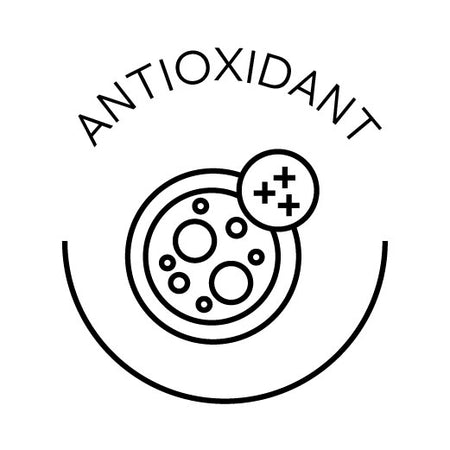
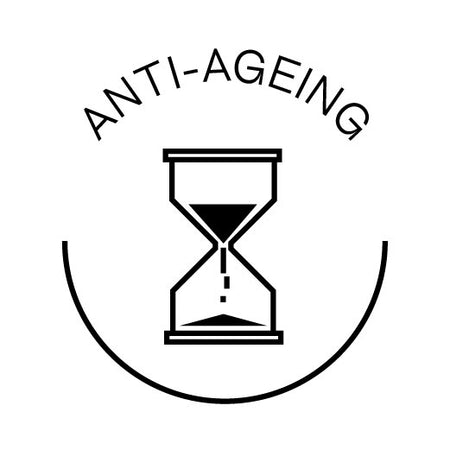






Vitamin C serum

Jei jums dažnai rausta veido oda, ypač skruostų, nosies ir net smakro ar kaktos srityje, šis įrašas yra tai, ko ieškote! Aptarsime, kaip susidaryti švelnią, bet efektyvią odos priežiūros rutiną,...
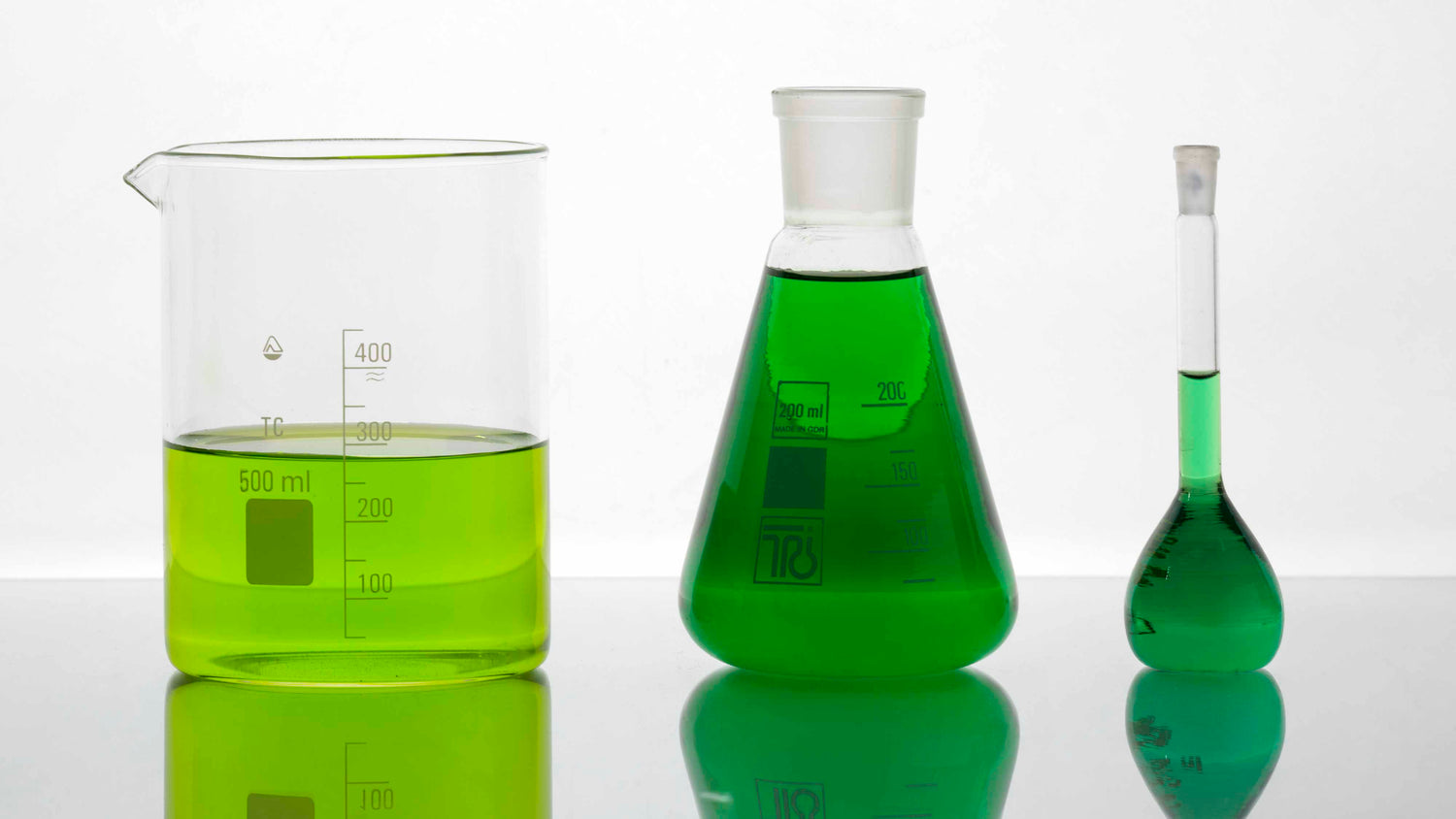
Pavasarį ir vasarą mūsų oda susiduria su įvairiais iššūkiais: didesniu saulės spindulių aktyvumu, dažnesniu prakaitavimu ir didele oro drėgme. Todėl itin svarbu pasirinkti teisingus produktus, kurie padėtų išlaikyti odą sveiką...
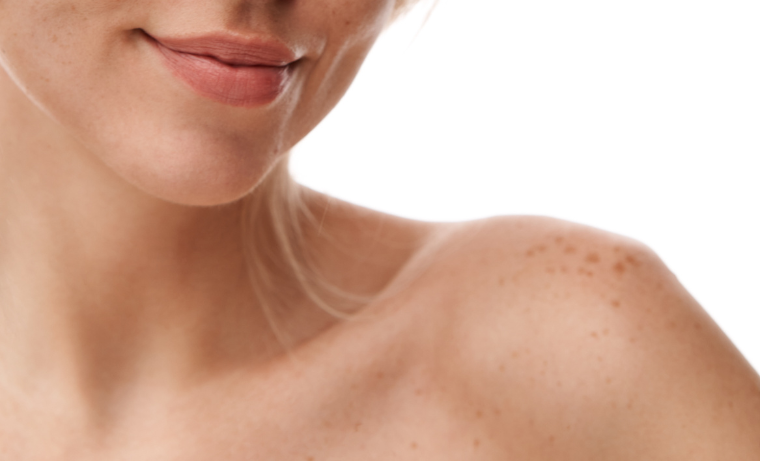
Su įvairiomis odos pigmentacijos problemomis susiduriame bene kiekvienas iš mūsų. Vieni kovoja su po spuogų likusiomis rausvomis dėmelėmis, kiti – su saulės spindulių sukeltomis dėmėmis. Suprasti, kaip atsiranda odos pigmentacija,...

